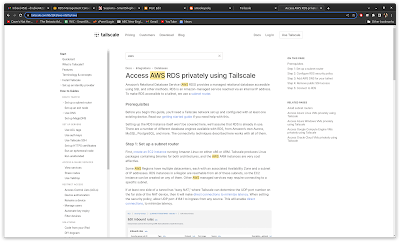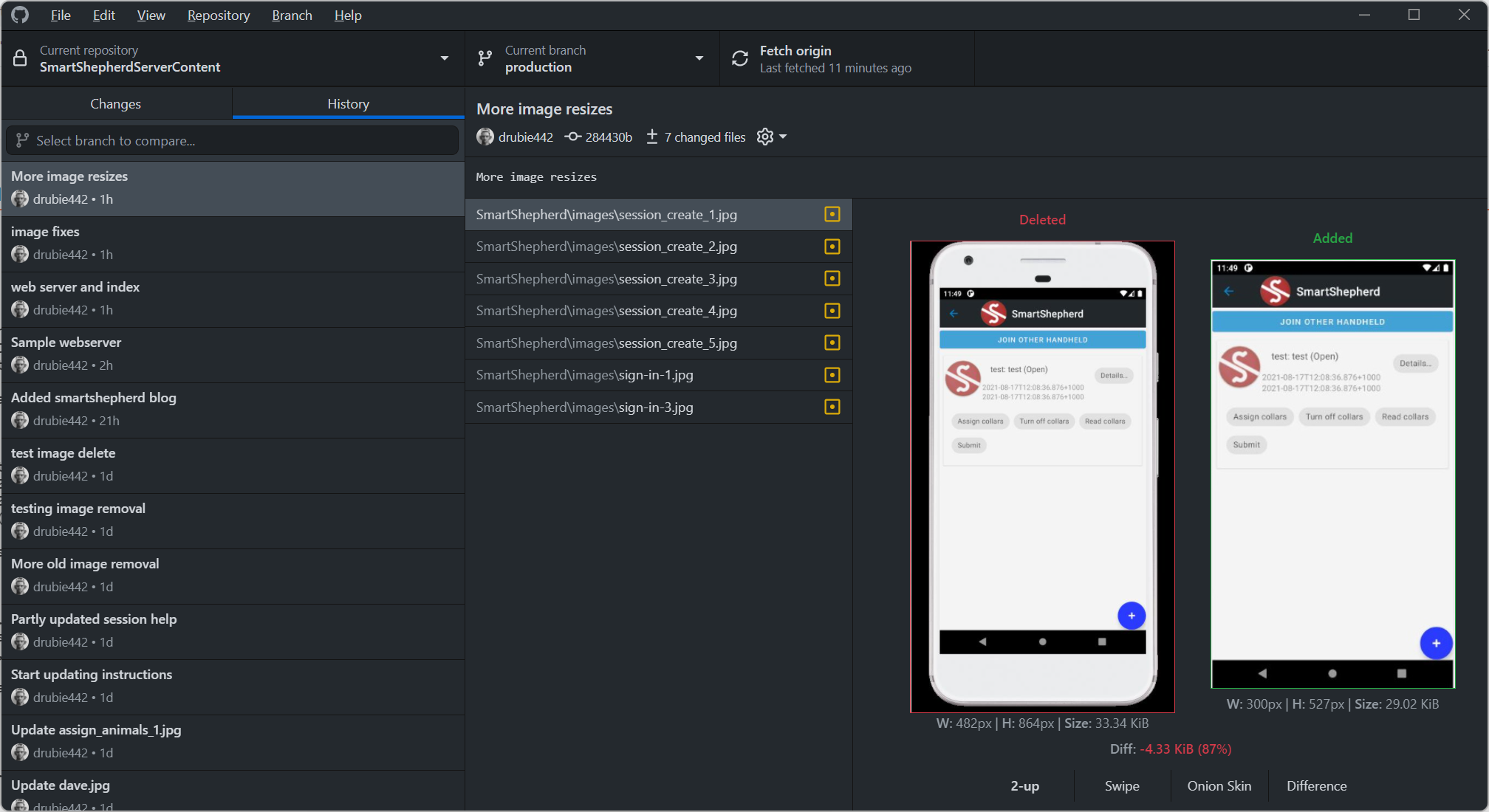3D printing for prototyping part 2: embracing failure
In part 1, I set up the Anycubic Mono and printed out the demo model which went OK. Not perfect, but good enough as a learning experience. Now I want to move on to reproducing the existing SmartShepherd parts before modifying them.
Step one: Turn a step file into something the Anycubic understands
The overall process sounds simple enough: take your CAD file (generally a STEP file), export that as an STL file (which describes the surface of your model), import that into a slicer, get the slicer to generate a file tailored for your 3D printer.
The original CAD models were built with SolidWorks, a fabulous bit of software that has a jaw-dropping pricetag. There are alternatives but all of them seem to suck. FreeCAD sounds great, but I can't get it to reliably select parts of my model without crashing. Varicad ($910USD per year with a 30 day trial period) seems much easier to use and respects the part grouping that was originally created in SolidWorks, unlike FreeCAD. Varicad is a lot more stable and runs fine on Debian or Windows (or a mac I guess). However, I stuck with FreeCAD for this simple job. The file produced is an "STL" file, you turn the objects of your STEP model into a surface area model suitable for printing (or machining for that matter).
FreeCAD showing the base part of the SmartShepherd pod, ready to be exported as an STL file.Anycubic provide slicer software, but it doesn't run on Linux. I'm probably making my life more difficult at this point and should just suck it up and buy a Macintosh, but nobody is that desperate. There are good slicers available for Linux and I chose Lychee Slicer. At this point I'm going to embarrass myself and say that the only reason I chose Lychee Slicer is that is reminded me of an old, off colour joke about a guy who got fired for, well, something to do with the pickle slicer.
Lychee Slicer with the imported STL file, ready to slice!With the file suitably sliced, I probably should have stopped to think how it would print, given that the Anycubic is a little fussy about how the layers get released from the exposure plate, but my impatience got the better of me at this point. The following picture shows why that was stupid.
YikesIn this picture you can see the aftermath. The slices went pretty well and the model printed really well right up until it got to the loop where the nylon collar goes though. At that point, the end facing part of the model failed to release from the base of the resin chamber and the whole thing went to 3D printing hell. So, apparently, you can't just point the thing at your model, you have to think about it a bit, how it will release each layer, what each new layer is going to be stuck to and a whole lot of stuff that is giving me a headache, which might be from huffing 3D printer resin which I managed to spill all over the floor. Good thing we moved to a proper workshop!





